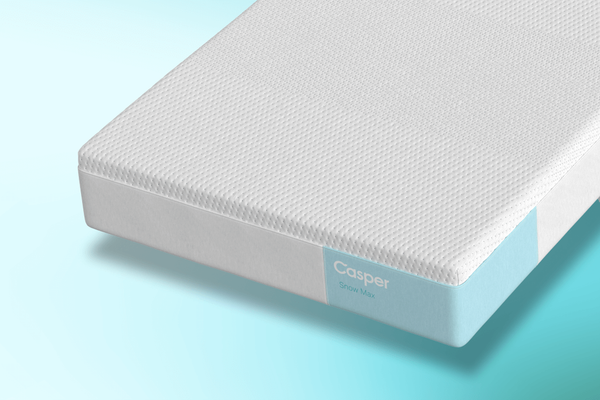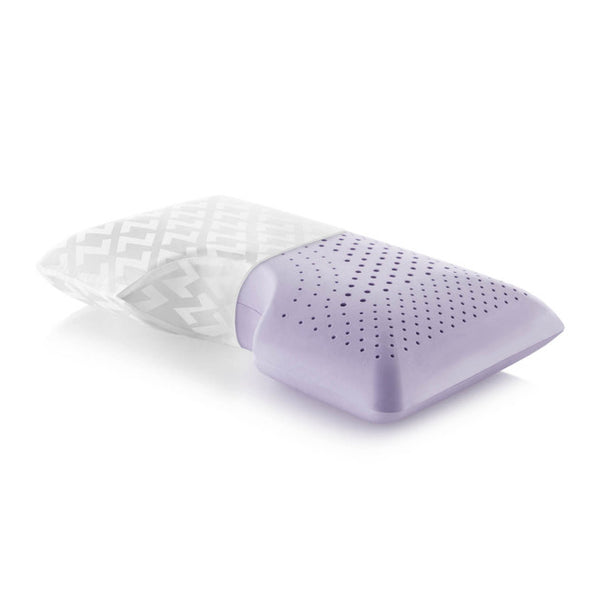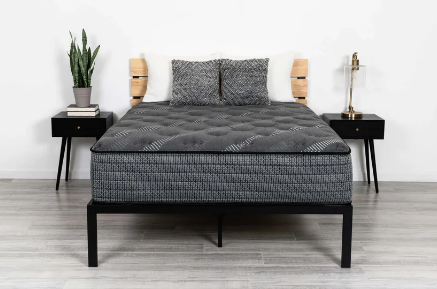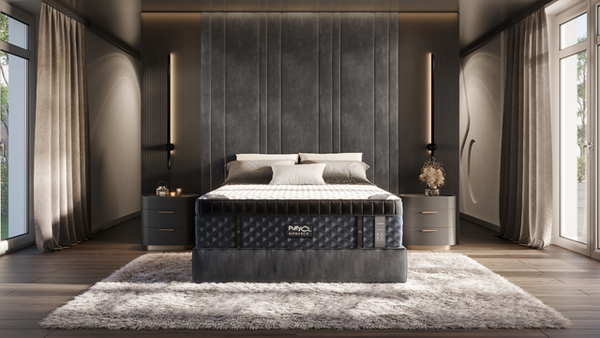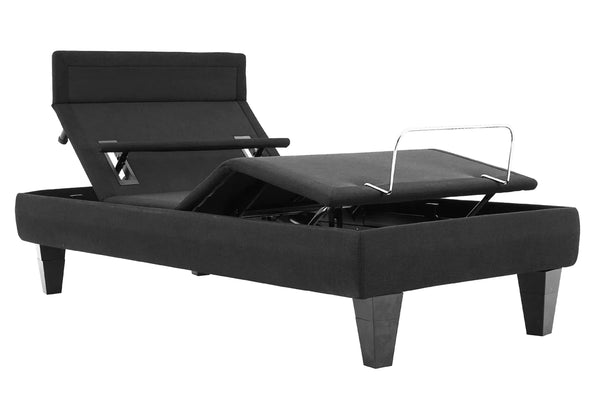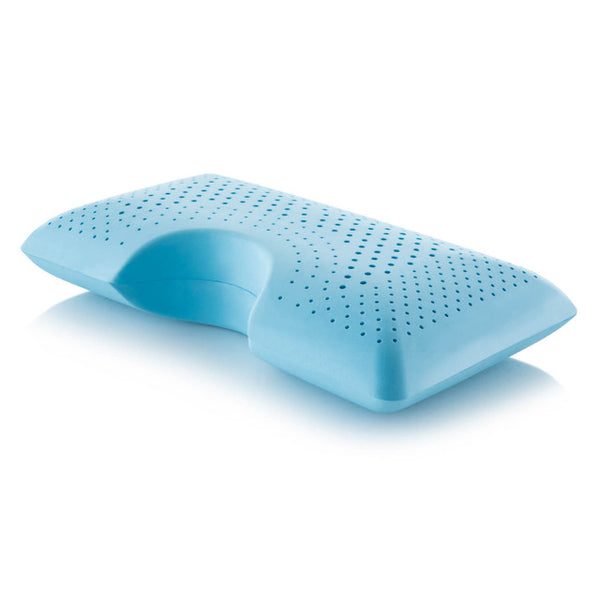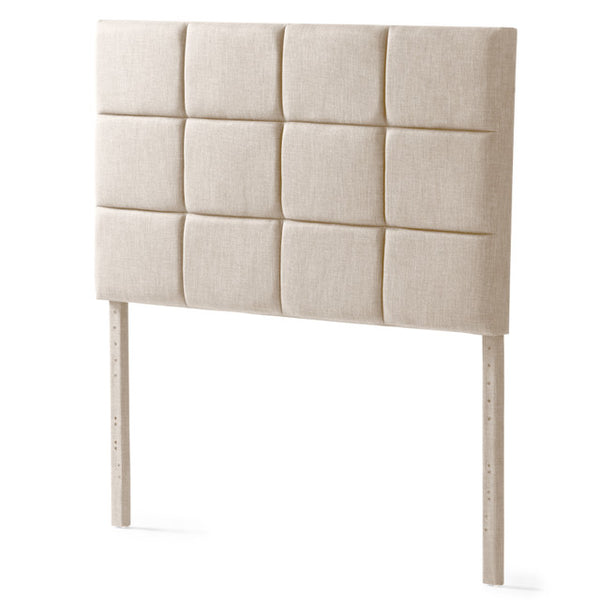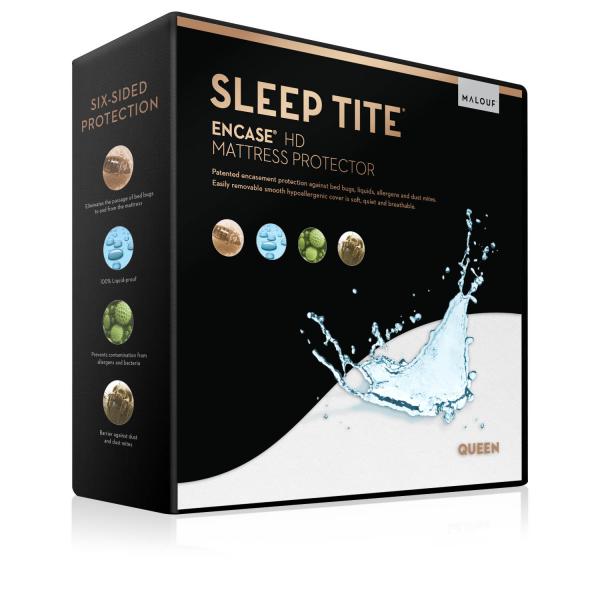
Frequently Asked Questions
1. What is a memory foam mattress?
2. What are the benefits of memory foam mattresses?
3. What is an innerspring mattress?
4. What are the drawbacks of innerspring mattresses?
5. How do I choose the right mattress for my needs?
Choosing the right mattress can significantly impact your sleep quality and overall well-being. With countless options available on the market, understanding the key differences between memory foam and innerspring mattresses is essential. In this comprehensive guide, we’ll explore both types of mattresses, their features, benefits, drawbacks, and how to choose the best one for your needs.
What is Memory Foam?
Memory foam is a type of polyurethane foam that conforms to your body shape, providing support by evenly distributing your weight across the mattress surface. It was initially developed by NASA for improved seat cushioning and crash protection, but has since gained popularity in the bedding industry due to its comfort and support features.
Benefits of Memory Foam Mattresses
- Pressure Relief: Memory foam excels at alleviating pressure points, making it ideal for individuals with joint pain or discomfort.
- Motion Isolation: This material absorbs movement, ensuring that partners share a minimal amount of disturbance during sleep.
- Spinal Alignment: Memory foam mattresses mold to your body’s natural curvature, promoting proper spinal alignment and reducing back pain.
- Durability: Generally, high-quality memory foam mattresses can last longer than traditional innerspring models.
Drawbacks of Memory Foam Mattresses
- Heat Retention: Some memory foam mattresses can trap heat, making them less comfortable for those who tend to sleep hot.
- Off-Gassing: New memory foam mattresses may emit an initial odor due to chemical substances used in production.
- Weight: Memory foam mattresses tend to be heavier and may require assistance in moving or rotating.
What is an Innerspring Mattress?
The innerspring mattress is one of the most traditional mattress types available. It primarily consists of a core of metal springs or coils, providing support and bounce. The comfort layer on top is often made of foam, padding, or other materials to enhance comfort.
Benefits of Innerspring Mattresses
- Support and Bounce: Innerspring mattresses are known for their bounce, resulting in an easy change of position during sleep.
- Temperature Regulation: With a coil system and open design, these mattresses typically provide better airflow, keeping you cooler.
- Affordability: Innerspring mattresses are generally more affordable than their memory foam counterparts, making them a go-to for budget-conscious shoppers.
- Broad Variety: They come in various designs and firmness levels, allowing consumers to find one aligned with their preferences.
Drawbacks of Innerspring Mattresses
- Pressure Points: They may not provide adequate pressure relief as they do not conform to the body as memory foam does.
- Motion Transfer: The bouncy nature can lead to more motion transfer, which can be disruptive for couples.
- Deterioration: Innerspring mattresses may wear out faster due to the coil's flexibility over time, leading to dips and sagging.
Key Differences Between Memory Foam and Innerspring Mattresses
Understanding the fundamental differences between memory foam and innerspring mattresses can aid you when making a purchasing decision. Below are some essential factors to consider:
Comfort and Support
Memory foam mattresses contour to your body, offering personalized support that can alleviate pressure points. On the other hand, innerspring mattresses provide a firmer support system, relying on their coils for bounce and lift.
Temperature Regulation
If you tend to sleep hot, an innerspring mattress may be more suitable due to its breathable design. However, newer technologies in memory foam have introduced gel-infused and open-cell structures that aim to enhance airflow and temperature control.
Durability
Memory foam mattresses can be more durable than innerspring models, often lasting longer due to their denser material. The longevity of an innerspring mattress may depend on the quality of its coils and construction.
How to Choose the Right Mattress for You
Selecting between a memory foam and innerspring mattress depends on your personal preferences, sleeping position, and specific needs. Here’s a simple guide to help you navigate the decision:
Sleeping Position
- Back Sleepers: Both memory foam and innerspring can provide adequate support for back sleepers; however, a medium-firm innerspring offers a nice balance of support and comfort.
- Side Sleepers: Memory foam is often recommended for side sleepers due to its pressure-relieving properties.
- Stomach Sleepers: Stomach sleepers may prefer firmer innerspring mattresses to prevent excessive sinking.
Budget
Consider your budget when selecting a mattress. Memory foam mattresses can often be pricier due to their unique materials and technologies, while you can find quality innerspring options at a lower price point.
Trial Period and Warranty
Look for companies that offer a trial period, allowing you to test the mattress in your home before fully committing. A good warranty can also signify durability, offering peace of mind about your investment.
Innovative Hybrid Options
With the constant evolution of the mattress industry, hybrid mattresses have become increasingly popular. These mattresses combine the features of memory foam and innerspring designs, providing a versatile sleeping experience. If you like the support of coils but also want the comfort of foam, a hybrid mattress might be the best option for you. They often offer the best of both worlds, catering to a wide range of sleeping preferences.
Testing Before You Buy
Ideally, you should test a mattress before making a decision. Many retailers offer showrooms where you can lie down on different models to gauge comfort levels in real time. Take your time, and don't rush this essential decision—your sleep health depends on it!
Making Your Bedroom a Sleep Sanctuary
The right mattress can greatly contribute to your sleep environment. However, other factors in your bedroom can influence the quality of your rest:
- Lighting: Ensure that your space is dark enough to foster restful sleep. Blackout curtains can block out nighttime light effectively.
- Temperature: Maintaining a comfortable room temperature can help you sleep better. Aim for a cool setting, usually between 60 to 67 degrees Fahrenheit.
- Noise Control: Minimize noise by employing soundproofing techniques or using a white noise machine to mask disruptive sounds.
- Bedding Quality: Invest in quality sheets and pillows that complement your mattress for an overall better sleep experience.
Transform Your Sleep Experience Today
Understanding the differences between memory foam and innerspring mattresses is crucial for finding the perfect bed for your needs. Each type has unique advantages and disadvantages, and personal preference will ultimately guide your decision. Whether you choose memory foam for its contouring comfort or innerspring for its bounciness, investing in a quality mattress will significantly enhance your sleep experience. So take this knowledge, explore your options, and embark on your journey to more peaceful nights and energized days ahead!

